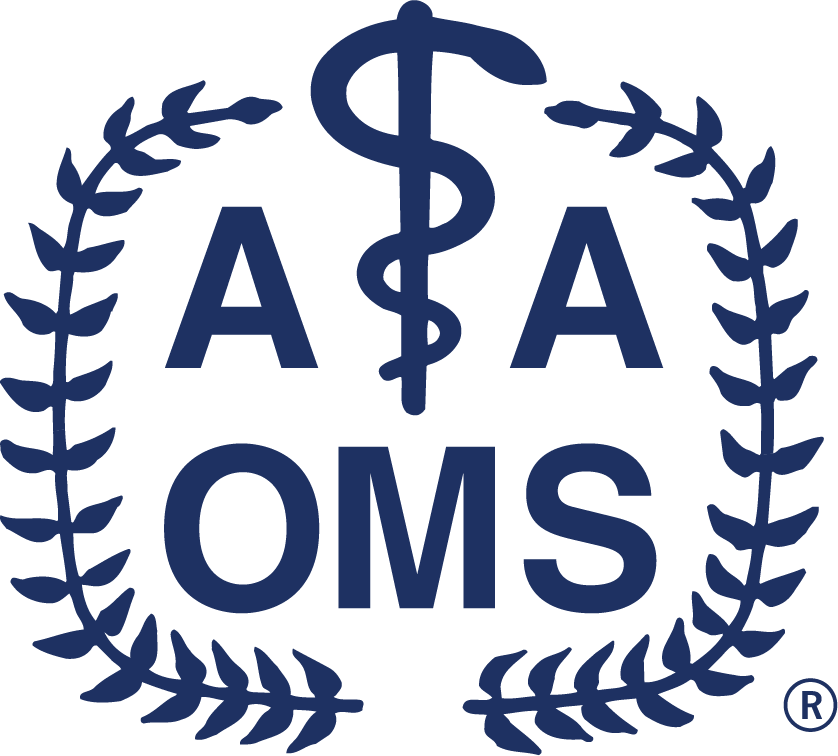

-
The AAOMS Coding for Implants and Bone Grafts course is designed for OMSs and their professional staff to implement correct coding initiatives for reporting bone grafts and implants and apply these guidelines to real-life coding scenarios. This course will review processes for verifying coverage with payers, discuss stages of the digital workflow, provide coding tips using both CDT and CPT code sets and apply appropriate coding guidelines for procedures relating to bone grafting and implants. Code: BG25
-
You must log in to register
- Member - $200
- Resident Member - $75
- Allied Staff Member - $200
- Professional Staff Nonmember - $275
- Other Nonmember - $275
- More Information
-
You must log in to register
-
This course provides education on Medicare programs and policies that impact oral and maxillofacial surgeons and their staff. This self-paced program includes discussions about Medicare components (Parts A, B, C and D), Medicare fraud and abuse, payment policies including Medicare dental coverage expansion, appeal processes and miscellaneous Medicare-related topics. There is a saying in healthcare – “as Medicare goes, so do the other carriers.” If time is taken to thoroughly learn the Medicare program, you will better understand your commercial payers, too. Code: MC25
-
You must log in to register
- Member - $200
- Resident Member - $50
- Allied Staff Member - $200
- Professional Staff Nonmember - $275
- Other Nonmember - $275
- More Information
-
You must log in to register
-
Register for this 2-part webinar series on Dental Implants and save $50 off the original price of $250! Code: WCE25B03
-
You must log in to register
- Member - $200
- Resident Member - Free!
- Allied Staff Member - $200
- Professional Staff Nonmember - $350
- Other Nonmember - $350
- More Information
-
You must log in to register
-
Dynamic navigation has emerged as an accurate, precise and efficient technique for dental implant placement. In complex ‘all-on’ cases, traditional chairside analog pick up for provisional fabrication can consume up to half the clinical time. However, recent advancements in dynamic navigation systems now allow OMSs to plan implant positions and place implants as well as capture highly accurate impressions using dynamic photogrammetry. This technology enables the seamless delivery of digitally printed or milled provisional and final restoration – eliminating the need for conventional chairside analog pickups. With these innovations, clinicians can now achieve a fully digital, streamlined workflow from planning to final impression. Code: WCE251118R
-
You must log in to register
- Member - $50
- Resident Member - Free!
- Allied Staff Member - $50
- Professional Staff Nonmember - $100
- Other Nonmember - $100
- More Information
-
You must log in to register
-
Oral and maxillofacial surgery procedures may be submitted to medical insurance, dental insurance, or both– each with distinct coverage, benefits, and billing requirements, including code sets. Accurate coding and billing submission are essential to ensure proper reimbursement and avoid delays or denials. This 90-minute webinar will examine medical and dental coding with a focus on crosswalks for services such as implants, grafts, and anesthesia. Attendees will gain a clearer understanding of how to select the appropriate codes and submit to each type of insurance accurately. Code: WCW251112R
-
You must log in to register
- Member - $265
- Resident Member - $265
- Allied Staff Member - $265
- Professional Staff Nonmember - $265
- Other Nonmember - $265
- More Information
-
You must log in to register
-
Allogenic bone grafting has become a reliable and well-established method for reconstructing the maxilla and mandible for dental implant placement– eliminating the morbidity associated with donor sites. This 60-minute webinar will examine the science of dental osseointegration and use the allogenic bone grafts for dental implants. The presentation will include a review of surgical management and techniques aimed at maximizing patient outcomes. Participants will gain practical knowledge to navigate complex cases. Code: WCE251111R
-
You must log in to register
- Member - $50
- Resident Member - Free!
- Allied Staff Member - $50
- Professional Staff Nonmember - $100
- Other Nonmember - $100
- More Information
-
You must log in to register
-
Associate relationships in oral and maxillofacial surgery practices frequently fail – with 75 percent ending within the first year. Hiring is a complex human system that requires a strategic and thoughtful approach. This 90-minute webinar will outline key indicators that signal when a practice is ready to bring on an associate and provide steps to take – and avoid – to ensure a successful, long-term hire. Attendees will learn how to identify and attract right-fit associates who contribute to the practice’s growth, profitability and continuity. Code: WPM251105R
-
You must log in to register
- Member - $265
- Resident Member - $265
- Allied Staff Member - $265
- Professional Staff Nonmember - $265
- Other Nonmember - $265
- More Information
-
You must log in to register
-
Minimally invasive implant techniques that are enhanced with Dehydrated De-epithelialized Amnion Chorion Membrane (ACM) and related technologies will be discussed with a focus on defect management using open and tunnel grafting, immediate molar implants and advanced crestal sinus elevation techniques. CBCT diagnosis and treatment planning will demonstrate advanced applications of ACM based on the residual bone and soft-tissue anatomy, avoiding complications and surgeon preference. Participants will gain an understanding to develop advanced skills utilizing minimally invasive techniques for predictable patient-centered outcomes. Code: WIN251022
-
You must log in to register
- Member - Free!
- Resident Member - Free!
- Allied Staff Member - Free!
- Professional Staff Nonmember - Free!
- Other Nonmember - Free!
- More Information
-
You must log in to register
-
In today's competitive employment environment, retaining top talent is critical for a thriving OMS practice. While hiring can be stressful and difficult, integrating new employees into the team can be even more demanding. A structured onboarding process can ease the transition, reduce stress and support long-term employee performance. This 90-minute webinar will discuss the elements of effective onboarding, required resources and strategies for successful implementation. Code: WPM251015R
-
You must log in to register
- Member - $265
- Resident Member - $265
- Allied Staff Member - $265
- Professional Staff Nonmember - $265
- Other Nonmember - $265
- More Information
-
You must log in to register
-
Dentoalveolar procedures are among the most common procedures performed by oral and maxillofacial surgeons. OMSs should be well-versed in the potential complications associated with these procedures, many of which can be avoided, and know how to address them effectively. Important factors in the prevention and management of dentoalveolar complications include a thorough history and physical examination of the patient, comprehensive surgical skills and knowledge of head and neck anatomy. This 60-minute webinar will review the published literature on dentoalveolar complications and discuss the prevention and treatment of these complications, including alveolar osteitis; displacement of tooth, root, implant or instrument; fracture of the jaw; hemorrhage; nerve injury; non-healing wounds; trismus and edema; and oroantral communication. Code: WCE250813R
-
You must log in to register
- Member - $50
- Resident Member - Free!
- Allied Staff Member - $50
- Professional Staff Nonmember - $100
- Other Nonmember - $100
- More Information
-
You must log in to register
| Access Date | Quiz Result | Score | Actions |
|---|
Featured Courses
Check out the new featured courses!
Special CE Online Discounts
Enjoy new CE Online offerings by visiting our Special CE Online Discounts page!
Medication Access and Training Expansion (MATE) Act
Visit CEonline.AAOMS.org/MATEAct for a list of AAOMS’s current CE online offerings that appear to count toward the eight hours required by the MATE Act. For a limited time, these courses are offered complimentary to AAOMS Members.


